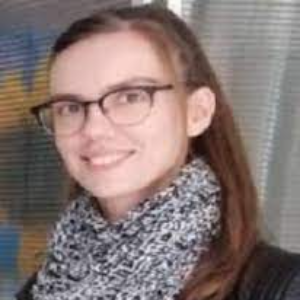Title : Efficient adsorption of lead ions from aqueous solution using Fe/Mg modified grape pomace hydrochar
Abstract:
Within this study, the potential application of grape pomace hydrochar as a potential adsorbent of lead ions from aqueous solutions will be investigated for the first time. For preparation of hydrochar, the grape pomace was hydrothermally carbonized in aqueous medium at 220 °C within 1 h. Obtained material was further modified with Mg and Fe salts in order to improve its adsorption properties. Preliminary adsorption results showed that the modified hydrochar exhibited significantly higher adsorption capacity (139.5 mg g-1) compared to the unmodified one (27.8 mg g-1). Further examination of the effects of different adsorption parameters (initial pH value and contact time) using modified and unmodified hydrochar, defined their optimum values for the most effective lead removal. The obtained results showed that the most efficient removal of lead ions occurs in solutions with pH 5. Furthermore, the examination of the influence of time on the adsorption process demonstrated that in the beginning the adsorption takes place quickly. The reason for this is the large number of available active centres on the hydrochar surface that can bind lead ions. However, as the number of these centres is occupied by a longer contact time, the binding rate decreases and after 240 minutes the equilibrium is reached. Kinetic models of pseudo-first and pseudo-second order were applied to the results of the influence of contact time. The kinetic study implied that the removal of lead ions on modified hydrochars follows pseudo-second order model. This model assumes a chemical interaction between lead ions and groups on the surface of hydrochar as the main binding mechanism. Based on the above it can be concluded that the hydrothermal carbonization is very efficient technology for conversion of waste biomass into highly valuable products. In order to examine in more detail the binding mechanism and the process of metal adsorption using modified hydrochars, additional analyzes will be part of our future research.


